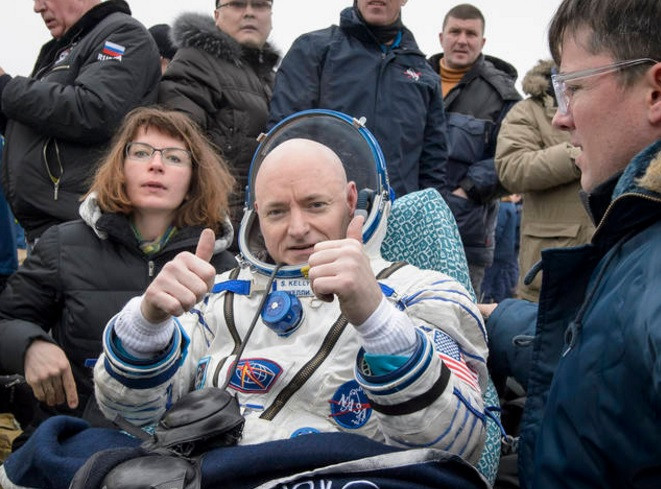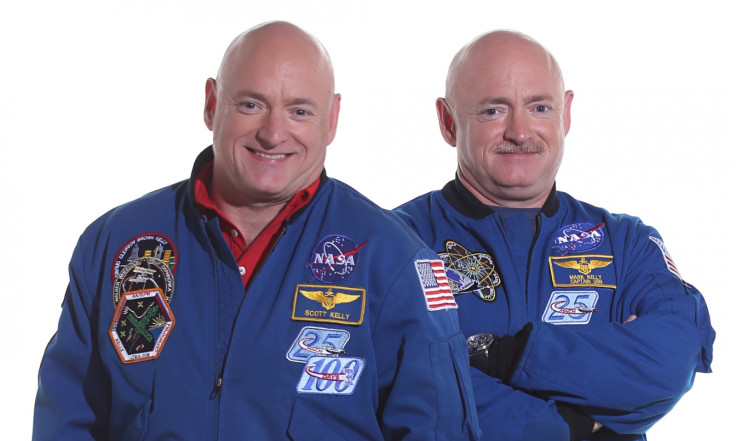How Scott Kelly adjusted to life on Earth after a year in space
Nasa plans to continue studying the effects of space on humans, with several missions lined up over the coming years.

Nasa astronaut Scott Joseph Kelly spent nearly a year – 340 days, to be precise – in space. That is more consecutive days than any other American astronaut. The story of how he returned and adjusted to life on Earth is the subject of a documentary titled Beyond A Year In Space.
Kelly, now retired, spent a total of 520 days in space. His final mission on the International Space Station (ISS) started on 30 March, 2015 and ended with him returning to Earth on 2 March, 2016, 340 days later.
The space environment aboard the ISS is harsh and unforgiving and has its own set of difficulties, apart from the cramped living quarters. The weightlessness in orbit means that for nearly a year, Kelly did not spend much time moving his feet or supporting his body on his legs, "Gravity definitely gives you a beat down when you get back," Kelly said in the documentary. "My feet still bother me some – I didn't walk on them for a year."
One of the things that Kelly spoke of in an interview with Stephen Colbert in October was about sleeping. The level of comfort that people on Earth often take for granted, noted Kelly, like the way going to sleep on a horizontal surface is more comfortable than standing and sitting is absent in space because there is no lying down. There is no change in comfort levels and that can be quite difficult to get used to.
Another crucial aspect of sleeping, closing eyes, is also not comfortable in space, Kelly said. Cosmic radiation that goes through people can be seen like "flashes of light, like fireworks" when eyes are closed in space and that "kinda keeps you up at night", he explained.

After he got back down to Earth, Kelly reportedly gained height because he was not being compacted by gravity while he was on the ISS. He also reportedly suffered coordination issues and a few other health problems.
Among the many science missions that Nasa had Kelly perform, one of them included endurance studies that measured what impact space environments had on the human body. Another study was to measure the effects of high radiation that is present in space.
Perhaps, the most interesting research carried out in the nearly year-long mission was Nasa's Twins Study. Mark Kelly, Scott's identical twin brother and also a former Nasa astronaut, and Scott are the only twins who have both been to space. An assessment of the effects of prolonged space missions was done to find out if there are any genetic changes that take place when a person spends so much time in space.

The study was done to see if Scott would age faster based on his telomeres –a part of human cells that govern aging – in comparison to his brother who was on Earth. The hypothesis was that Scott in space would get older or age faster in the coming years. The findings of the study are still being analysed by researchers.
Scott's year in space and the data gathered as a result will help scientists gain a better understanding of what the human body goes through while carrying out missions in space which are far further than the Moon. Mars is the next frontier as humans prepare to be a multi-planet species in the coming years. If Elon Musk's plans come to fruition, it is likely that humans will be on Mars by 2024.





















